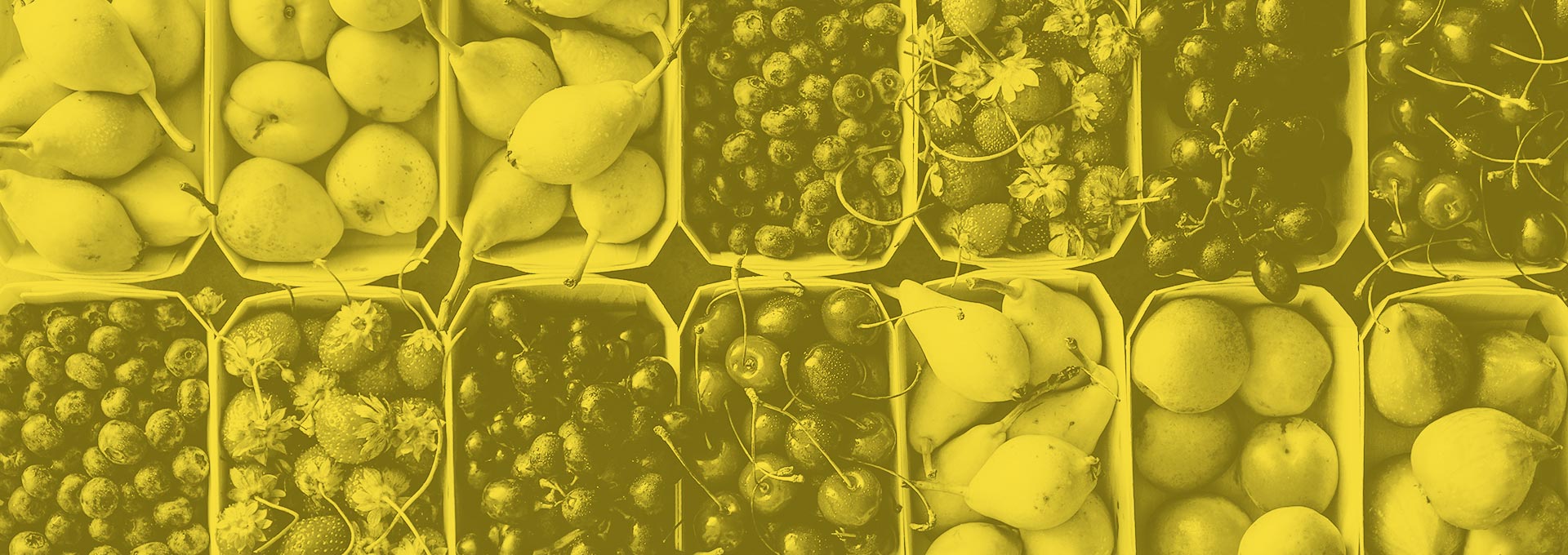Once upon a time, all shopping and buying was local, resulting in tight sustainable communities where citizens supported their local small businesses, restaurants and farms. Our great grandparents ate the fruits that were produced on trees in their own state and filled the table with vegetables grown, if not in their own garden, in their own town. Today, our world has become so global and interconnected that even in the heart of Florida one is as likely to find an orange grown in California than within the Sunshine State itself. This ability to get anything anywhere is a testament to human ingenuity, but it also comes at a price. Our vast distribution network of trucks, trains and airlines is polluting the environment. Our local businesses struggle to compete with national chains. But the tide has shifted, people have begun to assert the need to “buy local.”
“Buy Local” Mantra
The phrase “buy local” has become something of a mantra for many people in today’s economically turbulent and environmentally unfriendly times. Often touted as the best way to be environmentally friendly and support your community, buying local means just that: purchasing items near your home (in your city or state), preferable things that were grown, assembled or manufactured nearby. Certainly there are many advantages to buying local.
Supporting the Local Community
By purchasing food and other goods that are produced locally you stimulate the economy in which you live. Jobs are created or retained, the community earns money in taxes, and things thrive and grow. Additionally, when it comes to purchasing food items, it stands to reason that items which come from our own city or state are likely to be more fresh than items that must be shipped in hundreds, even thousands, of miles or items that have flown across the ocean. Sometimes it’s nice to know that your money is going to a farmer that you might even know personally!
Knowledge of Food Source
Purchasing locally also means that you know a bit more about quality control; you know that certain foods have been grown or refined in a way that meets stringent United States requirements. When purchasing food from out of the country it can be difficult to know the quality of the water or the types of pesticides which can impact the healthfulness of the food.
Better Look, Better Taste, Better for You
Much of the time, when food is grown locally it looks and tastes better – this is because the food is picked and sold at peak ripeness. Since there is no transportation time needed, someone could get the produce the same day it is picked versus being harvested early to be shipped to stores. Local farmers can only grow their produce seasonally, so rest assured each product will be in-season, fresh and nutrient rich. This also means that the food will be healthier for you in terms of nutrients because there are no pesticides, GMO’s, or enhancing chemicals used on it.
Minimizing Transportation
When you buy locally it also means that you minimize the transportation pollution and costs associated with delivering your goods; certainly it takes less gas, and thus puts fewer greenhouse emissions into the air to, say, drive a bushel of apples from town to town than across the nation or globe.
Preserving Land
When local farms are established, getting consumers to buy the produce means that the land gets protected and used productively. Grocery stores, for example, can use up to 15 acres of land for commercial use because of building and parking lot space. Without local farms, perfectly good areas of land could be used or destroyed for other commercial reasons. Additionally, preserving the land also increases biodiversity. It gives animals, insects, and plants a place to live and grow.
Buying Local, Good for the Environment and Good for Business
If you’re a small business owner, buying local is a great way to be an eco-friendly business and at the same time deliver a product or service customers prefer. There’s clearly citizen movement in communities to support their local businesses. This eco-friendly and social movement should include small businesses supporting each other by buying from each other.




